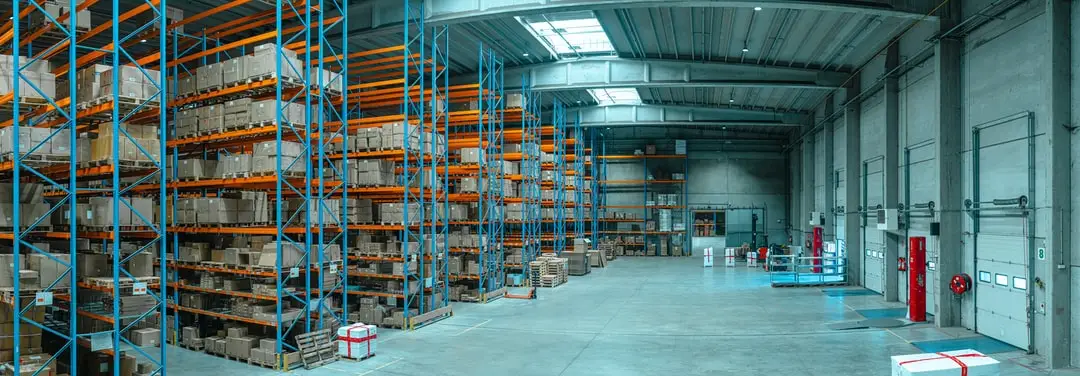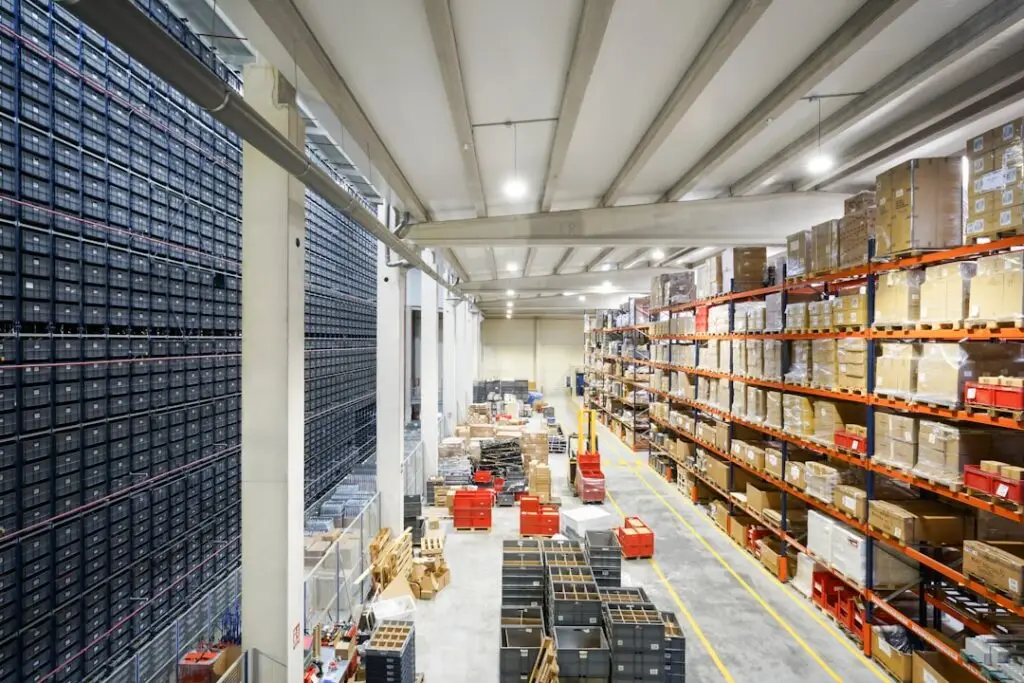Today’s markets run on immediacy and convenience. With so much available at their fingertips, consumers want what they want, and they want it now.
For supply chain leaders, reacting to lagging reports isn’t enough to respond promptly as demand shifts, tariffs, and disruptions run rampant. By the time you interpret the report and make changes, you could have already missed out on weeks or months of opportunity.
The good news? The data you need is out there, just waiting to be captured and harnessed to alert you to problems as — and even before — they happen.
Real-time data signals help your business deliver on consumers’ high expectations by enhancing agility and resilience with real-time visibility into the entire supply chain. Instead of scrambling to respond to a supply chain issue amidst frustrated customers, address concerns at their source by tracking real-time data across products’ entire life cycles.
What Are Data Signals in Supply Chain Planning?
Data signals are up-to-date pieces of information from sources throughout the supply chain that indicate daily activity and abnormalities. They help supply chain leaders detect potential disruptions more quickly, which is essential in today’s volatile shipping environment.
You may be used to using historical tracking to predict future demand and supply chain changes. In your planning processes, you probably created moving averages, exponentially smoothed data, and projected trends to analyze past sales and inventory levels. But the role of data in the supply chain is changing.
Now that new technologies for collecting and processing real-time data exist, traditional approaches are no longer enough to stay competitive.
The Difference Between Data Signals and Static Data
Traditional data sources like historical reports, while valuable as a starting point in seasonal planning, can’t compete with updated signals in short-term problem-solving.
Data signals are event-driven, not history-driven. In other words, real-time data doesn’t rely on the assumption that the future will be a static repeat of the past. Instead, dynamic information gives you valuable insights into how to act and react in the ever-changing present, as well as in the near future.
Let’s say a social media trend elevates a typically less popular product mid-month. Demand spikes, and orders flood in. Do you want to wait until the end of the month to increase production? By then, potential customers may have already gotten what they needed from your competitors. Incorporating a real-time POS feed into your strategic planning would alert you to the sudden shift in demand sooner, helping you make more proactive — not reactive — decisions.
Ultimately, data signals enable you to pinpoint potential problems and current inefficiencies with greater speed and accuracy than historical data. By using data signals effectively, you can:
- Prevent product disappearance and loss
- Provide more accurate delivery times
- Prepare for anomalies in fulfillment and shipping processes
- Improve supply chain decision intelligence
Instead of manually combining historical and current data to predict annual and seasonal changes, using data signals lets you more adeptly identify rapid shifts and abnormalities in day-to-day supply chain management.
Common Sources of Supply Chain Data Signals
If traditional data comes from historical sales, inventory, and shipping reports, where do data signals come from? The answer isn’t straightforward — any relevant, regularly updating data source that you can feed into your processing and predicting software counts.
Everyday examples of data signal sources include:
- Market Demand Shifts: Tracking demand signals as they change leads to more accurate forecasting.
- Weather Events: Bad weather can impact transportation and delivery capabilities.
- Supplier Disruptions: If the manufacturer can’t obtain the materials they need, the delay affects every step further down the chain.
- Transportation Delays: Accidents and traffic can hold up deliveries, whether within the supply chain or to the final customer.
- POS Data: Real-time information from POS (point-of-sale) systems and competitors’ websites lets you track changes in market prices.
Supply chain leaders should leverage as many applicable real-time data sources as possible to make better-informed short-term decisions.
Turning Signal Noise into Clarity with Advanced Analytics
The signals that can help you improve your processes are all around us, but without action, what’s the point of all of that information? The most effective businesses harness, analyze, and put data signals to good use through three key steps.
1. Capture Signals
Data signals come in from every piece of the supply chain, from machine inputs for different products at factories to GPS tracking during transportation and delivery. The key is to identify facets of your supply chain that you may not realize you’re neglecting, then pinpoint the metrics that could lead to more data-informed decisions and the devices that monitor those metrics.
Both internal and external data are valuable, as well as information from the steps before or after the specific processes you’re targeting for improvement. For example, to estimate delivery times more accurately, you might combine location tracking with information about weather conditions and supplier disruptions.
2. Analyze Data
Now that you have the data, it’s time to analyze and extract insights. Instead of manually creating spreadsheets for analysis, integrate your IoT devices, which capture information along the supply chain, with software that helps you process the data.
In logistics planning tools, predictive analytics and AI filter through a high volume of incoming data to quickly identify supply chain risks and surface the right insights. The GAINS platform enables clarity by giving you an immediate view of the most critical data, allowing you to make data-driven decisions for supply chain optimization.
3. Make Informed Decisions
Don’t just look at your data; leverage it to improve supply chain operations. Build more accurate predictive models for demand planning.
- Conduct inventory reallocations based on new insights into misaligned inventory levels across warehouses and stores.
- Optimize stock levels, reduce costs, and prevent stockouts by adjusting replenishment decisions with predictive inventory management.
- Follow a more efficient supplier escalation process to achieve faster resolutions.
- Ensure regulatory compliance and quality assurance with enhanced process tracking.
The possibilities are endless.
Case Example: Data Signals Driving Smarter Inventory Control
Everyday scenarios, such as demand spikes or supplier delays, provide opportunities to act on signals to prevent lost sales and unnecessary costs.
Border States, the sixth-largest electrical distributor in the United States, achieved an almost 1,000% return on investment in just 1.3 months by monitoring and utilizing data signals more effectively.
Border States streamlined its supply chain by integrating GAINS LTP (lead time prediction) into its existing systems, improving lead time accuracy by 65% and reducing inventory by $21 million in just six to eight months. The solution saved 1,500 procurement hours annually and avoided disruptive, large-scale ERP changes. The success earned Border States Nucleus Research’s 2025 ROI Award and nominations for major industry honors.
GAINS: Building a Data-Signal-Driven Supply Chain
You can build a better data-driven supply chain without a complete ERP overhaul. At GAINS, our composable architecture and plug-and-play features support small improvements that bring companies big wins.
The data that can help you improve fulfillment processes, demand planning, and responses to disruptions is out there — don’t let it sit unused. Our software captures and interprets signals to support proactive, profitable decisions. Integrate our solutions with your pre-existing systems to find and prioritize simple fixes with the highest ROI.
Supercharge your demand forecasting, predictive analytics, and replenishment planning platform with insights from GAINS. Request a demo today and start prioritizing, simulating, and executing the best decisions based on real-time data signals.



